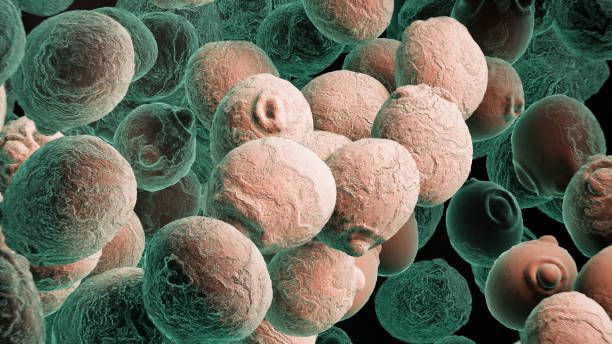Overview
- Researchers led by Félix E. Rivera-Mariani analyzed daily fungal spore and virus data from 2022 to 2024 in Puerto Rico’s San Juan and Caguas health regions.
- Statistical and machine learning models showed that rises in airborne fungal spores preceded flu and COVID-19 case spikes within days, especially during the fall season.
- Pollen concentrations did not exhibit the same predictive relationship with respiratory virus infections.
- Findings highlight environmental exposures as valuable early indicators for outbreak forecasts, which could support risk alerts for elderly and respiratory-sensitive populations.
- Next steps include evaluating whether spore levels correlate with severe outcomes such as hospitalizations and testing the approach in other geographic regions.

